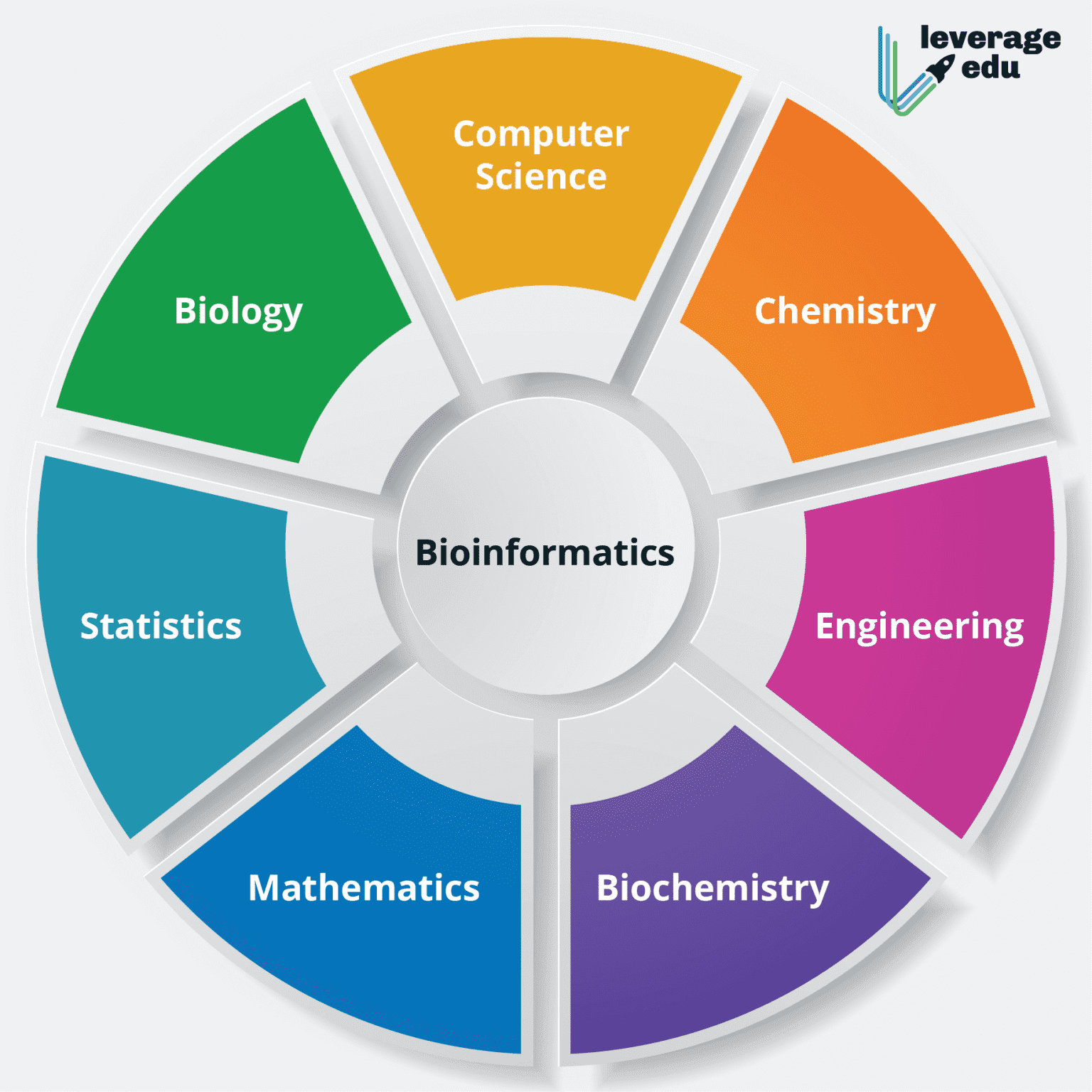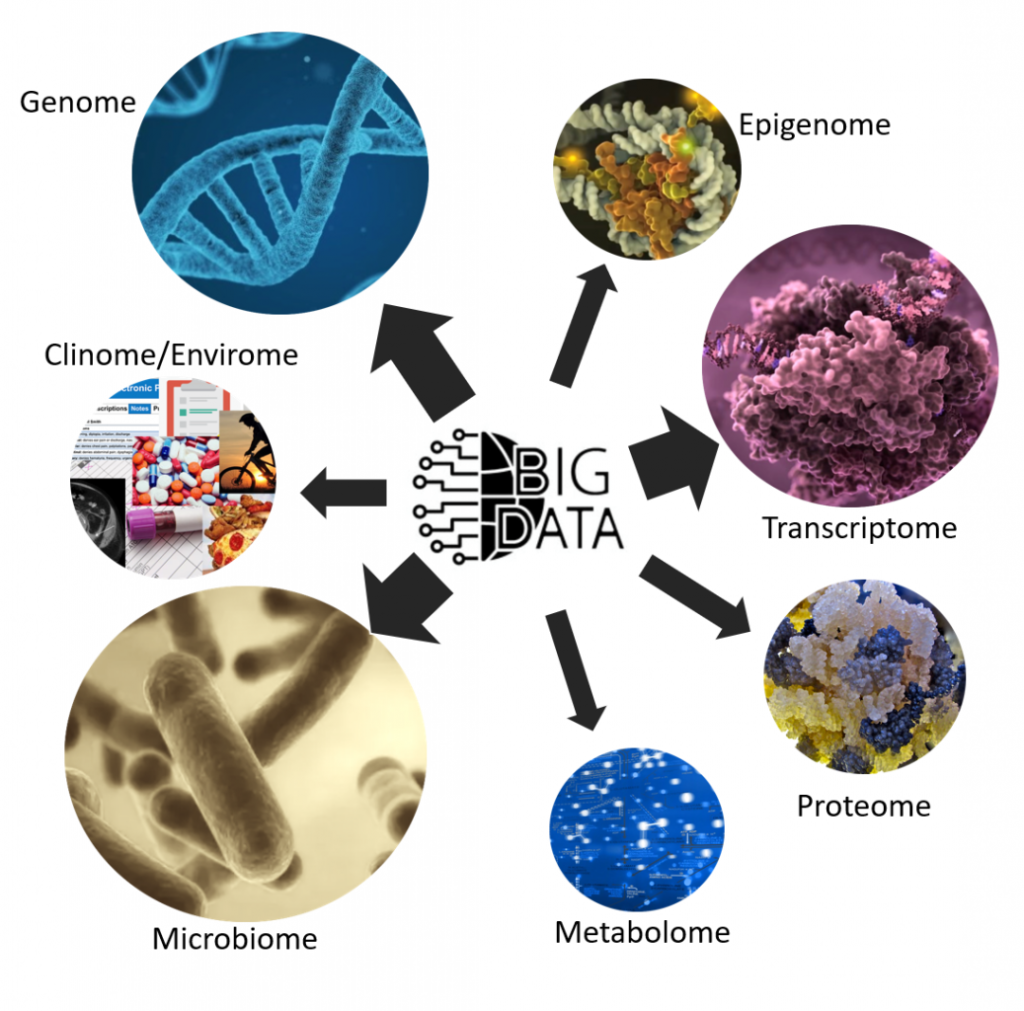Bioinformatics Bugs: Addressing Errors In Biological Data Analysis

Bioinformatics, the application of computational techniques to biological data, has revolutionized our understanding of living organisms. However, errors in biological data analysis can lead to incorrect conclusions and hinder scientific progress. Addressing these errors is crucial for ensuring the reliability and accuracy of bioinformatics research.

Sources of Errors

Errors in biological data analysis can arise from various sources:
- Experimental error: Errors introduced during sample collection, preparation, or analysis can distort data.
- Computational error: Incorrect algorithms or software bugs can lead to inaccurate results.
- Data quality issues: Missing values, outliers, or inconsistencies in data can affect analysis.
- User error: Misinterpretations or incorrect assumptions can bias results.
Impact of Errors
Errors in biological data analysis can have significant consequences:
- False positive or negative results: Incorrect conclusions can lead to wasted resources and missed scientific discoveries.
- Misguided research directions: Biased results can lead to pursuing incorrect research hypotheses.
- Reputational damage: Publishing inaccurate findings can damage the credibility of researchers and scientific journals.
Mitigating Errors
To mitigate errors in biological data analysis, several strategies are essential:
- Experimental rigor: Carefully designed experiments and meticulous data collection minimize experimental error.
- Computational validation: Thoroughly testing algorithms and software ensures accurate results.
- Data quality control: Filtering outliers, imputing missing values, and checking for inconsistencies improve data quality.
- Peer review: Independent review of research methods and results helps identify potential errors.
- Replicability: Reproducibility of results through independent analysis confirms the validity of findings.
Conclusion
Errors in biological data analysis are inevitable but can be minimized by adopting rigorous experimental practices, computational validation, and data quality control measures. Peer review and replication further ensure the reliability of research findings. By addressing bioinformatics bugs, researchers can enhance the accuracy and integrity of their research, leading to more reliable scientific discoveries that advance our understanding of biology.
